Cockroaches, bed bugs, termites, mice, roof rats, snakes, lizards, squirrels, and bats are among the common pests that may enter your property. But sometimes, you don’t have to see them before realizing their presence.
One major clue that can help you know that they are around is when you see their droppings.
How do you identify pests by their droppings? Pests can be identified by their poop based on size, color, shape, and amount. Knowing where these pests usually leave their feces is also a big help. Note, however, that some of these animals have similar droppings. This is why you should also know their differences.
Some animals are carnivores, while some are herbivores. On the other hand, there are also house pests that feed on almost anything, including human blood. Interestingly, their feces are related to what they eat.
This complete guide will teach you everything about the droppings of some pests and how to clean them.
Table of Contents
Most Common Pests by Their Droppings
Cockroach Droppings
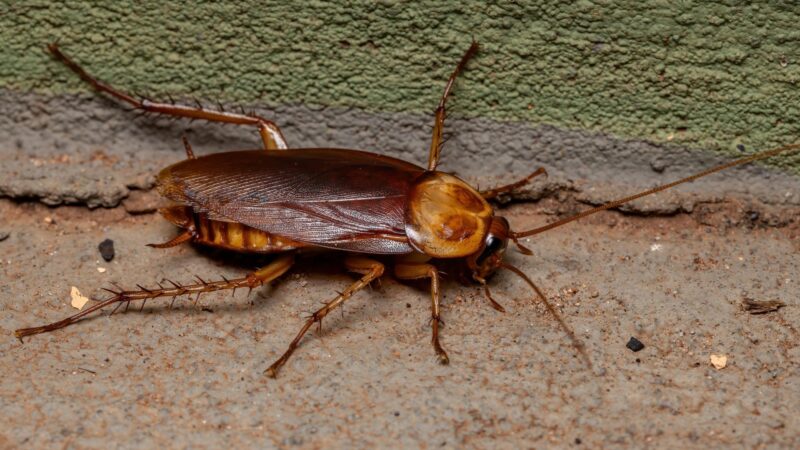
What Do Cockroach Droppings Look Like?
Cockroach droppings look like grains of rice or specks of dirt. They are usually dark brown or black, with regular shapes like spilled ground coffee.
Roach poop is about 1 mm. long but may vary depending on the species. Hence, larger roach species have bigger feces than the smaller and younger ones.
Where Do You Find Cockroach Droppings?
Cockroaches are commonly found in dark, warm, and wet areas of houses and buildings. They feed on almost anything, including the feces of humans and animals.
These disgusting household pests defecate anywhere they are. This is why you can find roach poop on the floor, shelves, cabinets, food storage, and even walls.
Are Cockroach Droppings Dangerous?
Cockroach droppings are dangerous to human health. This is due to the unsanitary eating habits of roaches. Cockroach feces, as well as their saliva and body parts, contain harmful pathogens.
Once huge amounts of roach poop are inhaled, they can cause allergic reactions and asthma, especially in young children.
How to Get Rid of Cockroaches Droppings?
Since roach droppings can make you sick, you might want to avoid touching them with bare hands or getting close to them. Nevertheless, cockroaches don’t pee. This means that roach feces are dry, and you can easily remove them. But for safety purposes, here are some tips on how to get rid of cockroach droppings:
- Before doing anything, wear protective gloves and masks.
- If there are only a few of them, you can sweep them out.
- If there are lots of them, use a vacuum cleaner with a HEPA filter. Hoover MAXLife Upright Vacuum Cleaner is a good choice.
- Clean the area thoroughly using soap and water or baking soda.
- For better results, use a disinfectant cleaner such as Windex Multi-Surface Cleaner and Disinfectant Spray.
Bed Bug Droppings
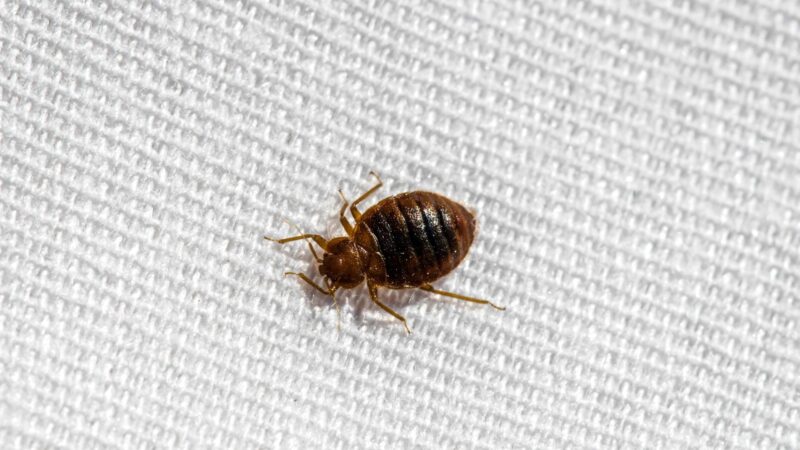
What Do Bed Bug Droppings Look Like?
Bed bug droppings are human blood that these bugs have been feeding. This is why they are usually dark red or brown when fresh. But once bed bug feces dry, their color will fade.
To the human eye, bed bug feces look like pen marks or ink stains that appear in clusters; especially if they are not absorbed by fabrics.
Where Do You Find Bed Bug Droppings?
Bed bug feces are usually seen in bed sheets, blankets, pillows, and mattresses. During severe infestations, they can be evident.
Bed bug poop is usually accompanied by bed bug cast skin, which comes from nymphs while they are molting. These blood stains are mistaken for digested blood from dead bed bugs.
Are Bed Bug Droppings Dangerous?
Bed bugs don’t carry diseases, but their poop can be dangerous. According to a study, bed bugs release a compound called histamine through their poop.
Histamine helps our immune system be stronger, but inhaling too much of it can cause respiratory problems. Direct contact with bed bug poop can also lead to rashes.
How to Get Rid of Bed Bug Droppings?
Bed bug droppings cannot be picked up and placed inside a plastic bag. They also cannot be wiped out easily, especially once they are dry.
In fact, these protein-based blood stains will remain even after you have eliminated all the bed bugs. Here are some aggressive approaches to cleaning bed bug poop in fabrics:
- If the stain is thin, try washing the fabric using ordinary detergent and water.
- For stubborn stains, use an enzyme-based laundry stain remover such as Puracy Natural Laundry Stain Remover.
- Spray the stain remover on the dark spots, and let it sit for about 30 minutes.
- Wash the fabric with ordinary detergent and the hottest water possible.
- Ideally, these stains are removed, and all life stages of bed bugs die when exposed at 113°F (45°C) for 90 minutes or 118°F (47.778°C) for 20 minutes.
- Rinse the fabric thoroughly, and dry it using a hot dryer for at least 30 minutes.
- For mattresses and non-washable items, use a steam cleaner. McCulloch MC1375 Canister Steam Cleaner is an ideal choice.
Termite Droppings
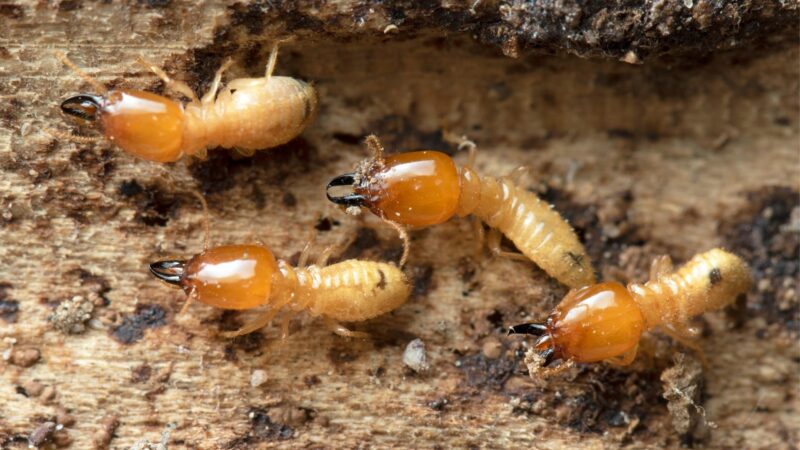
What Do Termite Droppings Look Like?
Termite droppings look like hexagonal sawdust, are about 1-2 mm long, and can be light brown to almost black. Their color depends on the cellulose content of the food source and not the color of the wood they eat.
These six-sided pellets have a gritty texture and can also be mistaken for coffee grounds.
Where Do You Find Termite Droppings?
The best places to find termite droppings are the so-called “kick-out” holes. These exit holes are about 1/8 inch (3.2 mm) in diameter and are created by the termites (particularly drywood termites) through wooden walls.
This is because termites push their poop out of the walls to have more space inside those walls.
Are Termite Droppings Dangerous?
Termites eat wood, books, and anything that contains cellulose. They don’t carry diseases, and their feces are not dangerous to human health.
However, termite poop contains airborne contaminants that can cause allergic reactions, especially in people with asthma. But in general, termite droppings are not toxic to humans.
How to Get Rid of Termite Droppings?
Also called frass, termite droppings are clear signs of termite activity. Their color doesn’t indicate their age, which can be tricky. But in most cases, there could already be a termite infestation.
Termite control is a very serious task, but it is quite easier to clean or remove termite droppings. Here are some useful tips:
- Since drywood termite droppings are dry, you can simply sweep them or use a vacuum cleaner with a HEPA filter.
- For the early stages of termite damage, replace the wood or sprinkle Diatomaceous Earth (DE) to kill the termites.
- Alternatively, use an odorless and EPA-registered termite treatment such as Harris Carpenter Ant Killer & Termite Control Treatment.
- For severe termite infestations, contact a licensed pest control professional.
Mouse Droppings
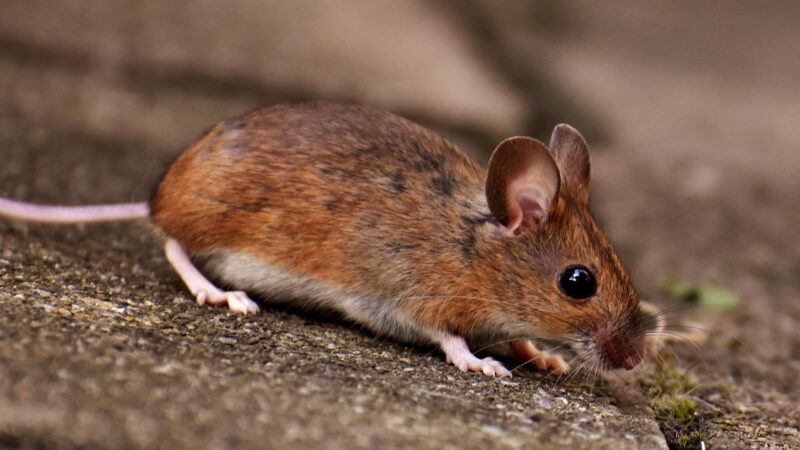
What Do Mouse Droppings Look Like?
Mouse droppings are about 1/4 inches (6.35 mm) long and look like a smooth rod with either or both ends pointed. Some of them may have round ends but are very rare.
They may be brown or black, depending on the food the mouse eats. Fresh mouse feces are usually wet since they are accompanied by urine.
Where Do You Find Mouse Droppings?
Despite their small sizes, mice eat more than their body weight. They poop about 0.25 to 1 gram (0.009 to 0.03 ounces) a day.
Mice also usually leave their droppings in a straight line because they poop while walking. Mouse poop can be found in dark and hidden areas, especially near their nest and food source.
Are Mouse Droppings Dangerous?
Mouse droppings are dangerous and can cause Hantavirus infections. The primary carriers of this disease are the deer mouse, the white-footed mouse, and the rice rat.
Fortunately, not all of them have Hantaviruses. Meanwhile, physical contact with water contaminated with mouse urine can cause Leptospirosis.
How to Get Rid of Mouse Droppings?
Hantaviruses can survive in mouse droppings and the air for 2-3 days. This is why it is very important not to touch or even inhale them. Note also that most mice feces are accompanied by urine, which makes them even more hazardous. So, if you need to clean or get rid of mouse droppings, here are some safety tips:
- Wear rubber or vinyl gloves and an N95 disposable mask, especially if the smell is too strong.
- Open all windows and doors for at least 30 minutes to allow fresh air to enter. If necessary, place a fan near the mouse poop.
- To avoid inhaling the dust, don’t sweep or vacuum the mouse droppings. Spray the poop (and urine) with disinfectants such as Windex, and let it soak for at least 5 minutes.
- Use paper towels to pick up the poop and place them inside a plastic bag. Throw away the bag properly.
- Disinfect the entire room, especially the area where you found the poop.
Roof Rat Droppings
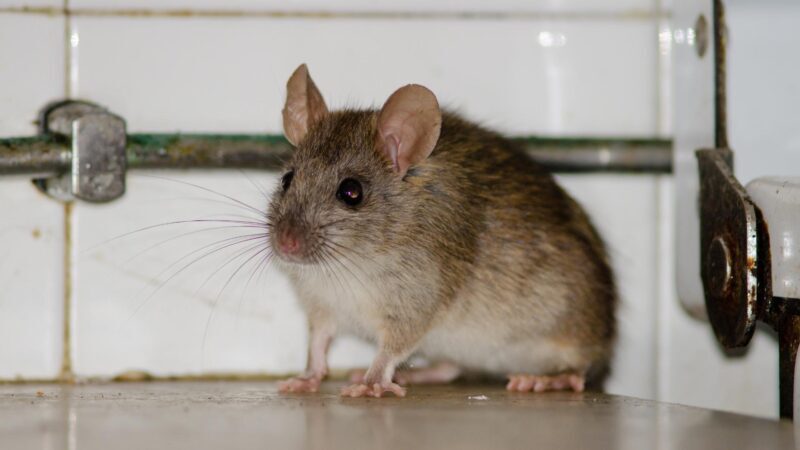
What Do Roof Rat Droppings Look Like?
Roof rat droppings are black or dark brown, about 1/2 inches (12.7mm) long, and look like shiny raisins. They have one end pointed and are bigger than mouse droppings.
Fresh droppings are soft and wet, while the old ones are hard and dry. They are sometimes mistaken for squirrel droppings, which have round ends.
Where Do You Find Roof Rat Droppings?
Also called black rats, roof rats usually build their nests in trees and roofs of houses and buildings. Indoors, they also live in attics, false ceilings, within the walls, and other elevated, dark areas. Rats eat less than mice but create more damage. This is why rat feces are a bit fewer, but scattered in different places.
Are Roof Rat Droppings Dangerous?
Roof rat droppings are dangerous, just like mouse droppings. Roof rats are not known for carrying Hantavirus.
On the other hand, consuming food or water with rat feces and urine can cause Salmonellosis and Rat-bite fever. Meanwhile, prolonged or repetitive direct contact with rodent urine can lead to Leptospirosis.
How to Get Rid of Roof Rat Droppings?
The techniques and safety precautions for getting rid of roof rat droppings are the same as cleaning mouse droppings. But aside from Windex, you can also use a bleach solution or Diversey All-Purpose Disinfectant Cleaner to disinfect the contaminated areas. Don’t forget to soak the rat poop and urine for 5-10 minutes.
Snake Droppings
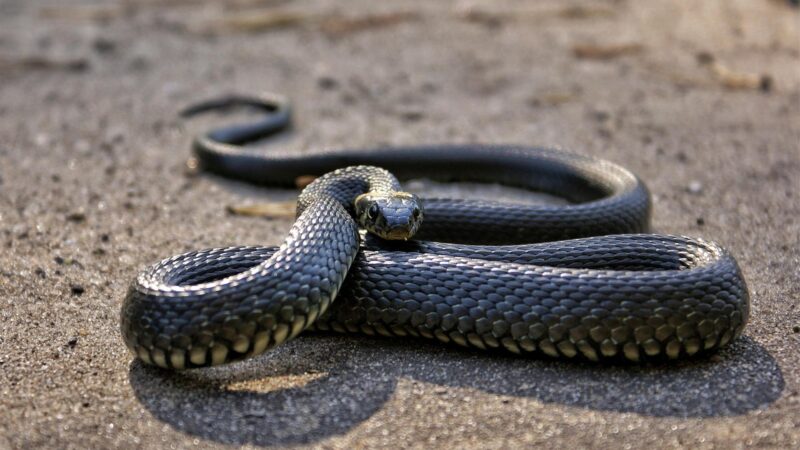
What Do Snake Droppings Look Like?
Snakes are carnivores and they eat prey in whole. But because they can digest bones, their feces don’t contain bones. Snake droppings are usually dark brown or black and look like small logs.
In most cases, they have a white to yellow uric acid in a semi-solid form. Poop size depends on the size of the snake.
Where Do You Find Snake Droppings?
Snakes poop every 3 and 7 days, depending on the size of the food they eat. These reptiles only release feces once everything is digested. Snake droppings are usually one huge piece instead of several tiny pieces.
Snakes leave their feces anywhere they are. Indoors, they poop in attics, basements, and walls.
Are Snake Droppings Dangerous?
Snake droppings are not dangerous, even if they came from venomous snakes. But still, it does not mean you should pick them up without safety gloves.
Note that all feces contain bacteria that can cause Salmonellosis. Catching salmonella from reptiles is low, but you should still wash your hands properly.
How to Get Rid of Snake Droppings?
Since snake droppings are mostly solid, they are not difficult to remove. But still, these feces don’t indicate the snake species they come from.
Therefore, be very careful before taking any action, especially if you are living in rural areas. With that, here are some safety tips on how to get rid of snake poop indoors and outdoors:
- If the feces come from your pet snake, pick them up using paper towels. Then, place the poop in a plastic bag before throwing them away.
- If your pet snake poops on your couch or floor, clean the area with a bleach solution or disinfectant.
- Ventilate the area and wear gloves and a face mask.
- If the snake poop is in your yard and you don’t have a pet snake, observe the area before cleaning it.
- If you saw the snake and you are completely sure that it is not venomous, spray it at a safe distance using your garden hose.
- You may also drive them away using snake repellents such as Victor VP364B Snake Repelling Granules.
- If you are in doubt, contact a professional snake exterminator at once.
Lizard Droppings
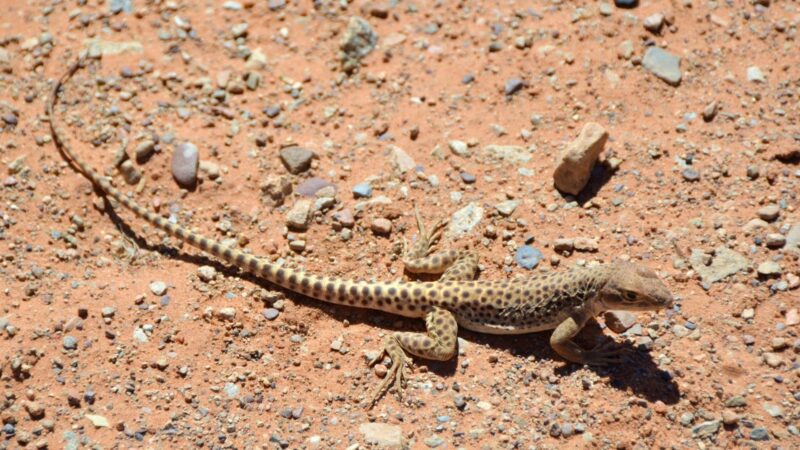
What Do Lizard Droppings Look Like?
Lizard droppings are brown or black, elongated, and accompanied by a whitish cap (urine) at one end. Their sizes depend on the species, though.
Common house geckos (Hemidactylus frenatus) are 3-6 inches (7.62-15.24 cm) long, and their feces are about 1/8 inches long. These lizards usually poop every day.
Where Do You Find Lizard Droppings?
House lizards build nests in dark, moist areas. Indoors, they nest in kitchen sink cabinets and other areas where their prey insects stay. Just like other reptiles, house geckos poop anywhere they like.
They release their feces near or far from their nest. This is why you may also find lizard droppings on curtains and carpets.
Are Lizard Droppings Dangerous?
Lizard droppings are not considered dangerous. But just like other animal feces, they also contain Salmonella bacteria. Although house lizards are not harmful, their poop can be toxic.
Therefore, you should not touch them with bare hands. Aside from that, lizard pellets also leave stains on fabrics and carpets.
How to Get Rid of Lizard Droppings?
Indoors, lizard droppings are easy to clean if they are not on fabrics. Simply pick them up using paper towels. Just make sure you are wearing protective gloves and masks, as well if there are lots of them. Then disinfect the area. To remove stains due to lizard droppings, you can use Essential Oxygen Hydrogen Peroxide.
Squirrels Droppings
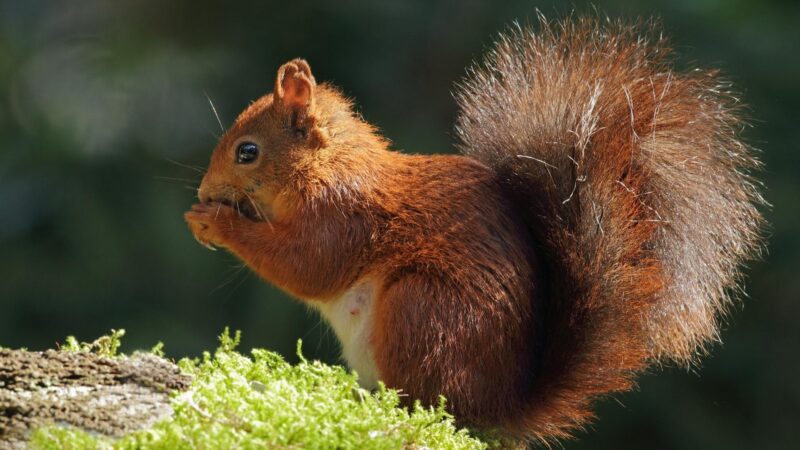
What Do Squirrels Droppings Look Like?
Squirrel droppings are oval or oblong and look like coffee beans. They are about 3/8 inch (9.5 mm.) long and approx. 1/8 inch (3.2 mm) in diameter.
Fresh squirrel feces are dark brown or dark brown, while old ones have pale colors. Squirrels are primarily herbivores and have a limited diet, which is why they don’t poop a lot.
Where Can You Find Squirrel Droppings?
Squirrels are more common outdoors than indoors. This means that you can find their droppings in tree hollows, in your yard, as well as in the attic and chimney.
To avoid predators such as raccoons and coyotes, these rodents poop away from their nests. They may also poop while walking, but not as frequently as rats do.
Are Squirrels Droppings Dangerous?
Unlike mouse and rat feces, squirrel droppings are not that dangerous. This is because of the squirrel’s eating habits. But again, consuming food items and water contaminated with squirrel feces can lead to Salmonellosis.
Similarly, long-term direct physical contact with their poop and urine can cause Leptospirosis.
How to Get Rid of Squirrels Droppings?
Getting rid of squirrel droppings is similar to cleaning the feces of other rodents. Wear gloves and a mask before picking them up using paper towels, and then disinfect the area.
But then, you may also vacuum the area before applying disinfectants. However, vacuuming should not be done if you have asthma.
Bat Droppings
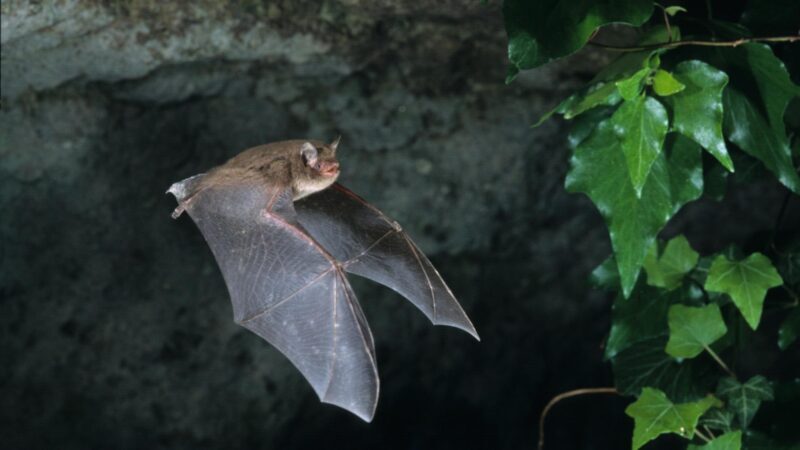
What Do Bat Droppings Look Like?
Also called guano, bat droppings look exactly like mouse droppings. Both of them are dark and have the same sizes. The only way to determine if it is a bat poop or a mouse poop is to do the so-called crumble test.
If it can easily be crumbled using your thumb and fingers, it is bat poop. Otherwise, it is mouse poop.
Where Do You Find Bat Droppings?
Bats usually poop underneath the roost and even when they are flying. This is why you can find bat guano under eaves, on roofs, windows, patios, and doorsteps, as well as on car roofs.
Bats also live in attics, where they build a nest and poop. Bats are most active in hotter months, so expect to see guano during summer.
Are Bat Droppings Dangerous?
Most bats eat night-flying insects only, while some bat species eat fruits. Therefore, bat guano is not considered that dangerous. In fact, they can be used as fertilizer.
However, inhaling large amounts of dried bat droppings (and bird droppings) can lead to a serious respiratory disease called Histoplasmosis.
How to Get Rid of Bat Droppings?
Generally speaking, bat droppings don’t leave stains, and small amounts are unlikely to make people sick. Bat urine has an ammonia-like smell, but it does not pose health risks, although it can corrode metal.
Nevertheless, bats don’t pee a lot. Meanwhile, here is how to clean bat poop inside and outside your house:
- If you have bats in your attic, place some pieces of newspaper under their roost while they are not around. This is to catch their feces without touching them.
- Clean the entire area with a bleach solution or hydrogen peroxide.
- If you have to pick up or remove bat guano, always wear protective gloves.
- Use paper towels but avoid crushing them. Never use a vacuum cleaner or broom and dustpan.
- Throw away the gloves after using them, and wash your hands properly.
Summary
Animal droppings are a very disgusting sight, but they can help you a lot in knowing which pests you are dealing with. But since their feces may indicate an infestation, getting rid of them is only a temporary solution. You should also get rid of these pests as soon as possible and prevent them from coming back.
List of Sources
Histamine as an Emergent Indoor Contaminant: Accumulation and Persistence in Bed Bug Infested Homes